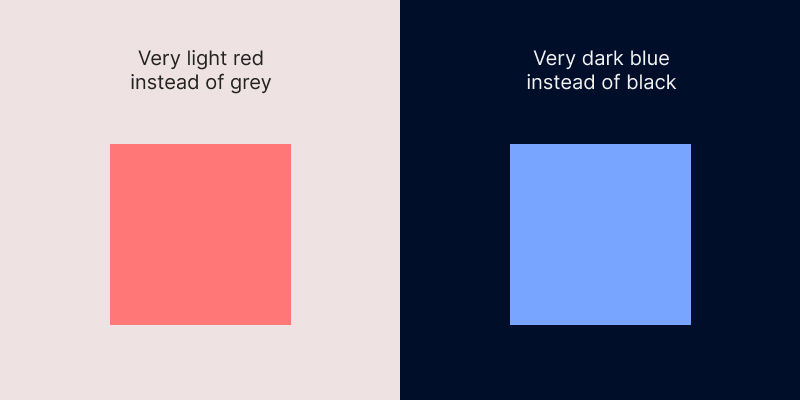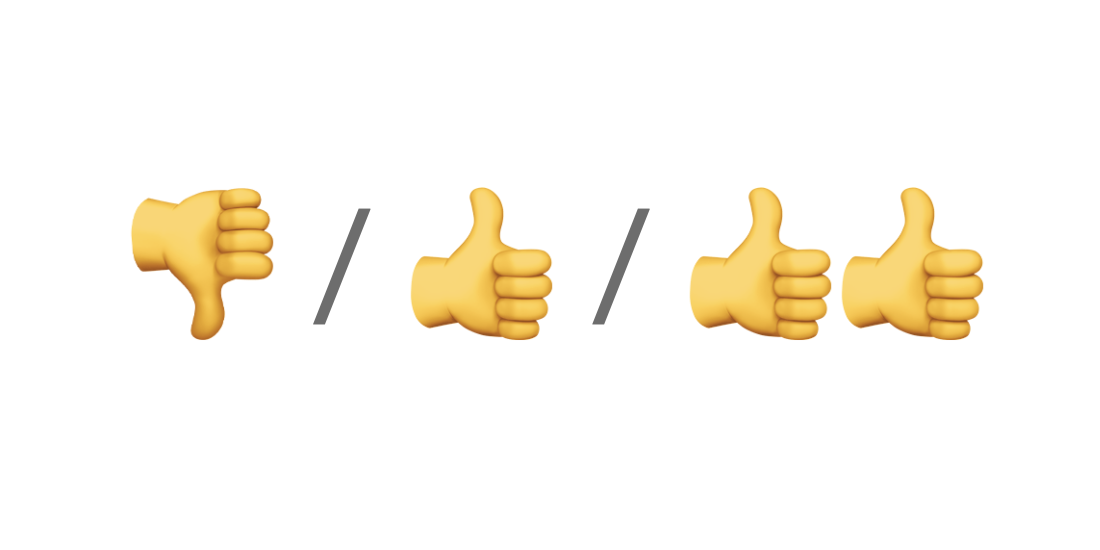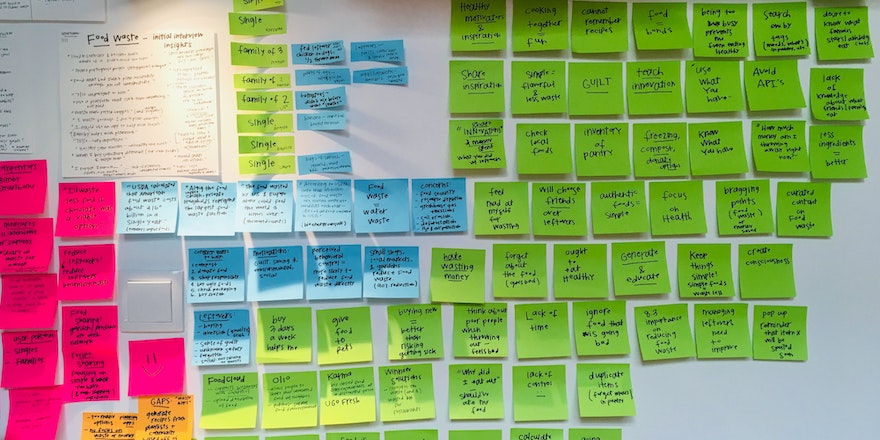seatrain
Designing Physical Interactions

In this post, Casper Kessels details the process of designing a physical dial to control climate settings in cars. It’s a great example of really thoughtful design that considers both what the user is actually trying to achieve, and how feedback can give them confidence they’ve made the change they wanted.
Make Better Documents
I’m primarily linking this because the first piece of advice – know your audience and your goals – is the best piece of writing advice I can think of, and the post has a great list of questions to ask yourself. I’m also a huge fan of using tl;dr bullets at the top of documents to start with the conclusion or ask (another piece of advice).
However, I’d be lying if didn’t mention how much this piece of advice made me smile:
Stop overusing formatting! Look at the formatting bar, and ignore almost all of the buttons.
Starter Visual Design Rules

This set of rules, pitched as “rules you can safely follow every time” are a great starting point for understanding modern visual design. If a great design breaks one of these rules, it’s for a well thought through reason.
Product Management Competencies
Defining PM competencies is always challenging, but this breakdown by Ravi Mehta is the best I’ve seen. He splits the required skills into four buckets:
- Customer insight — data fluency, voice of the customer, and UX design
- Product strategy — outcome ownership, product vision & roadmaping, and strategic impact
- Product execution — feature specification, product delivery and product quality
- Influence — stakeholder management, team leadership and managing up
Writing For How Your Coworkers Read

I’ve been reading a lot to improve my writing skills recently, and I really liked this blog post by doist (makers of the Todoist app). The questions to help you edit your work are particularly helpful (e.g. How can I make this message simple? What can I delete? Am I making assumptions?).
Getting Better at Influence
In his newsletter, Lenny Rachitsky shared some great tips on how to build your influence and how to get a yes on your asks.
To build influence:
- Build trust over time (listen to others, help them out, take feedback, be reliable)
- Consistently show success; others will trust you know what you’re doing
- Gain the support of influential leaders
- Be likeable
To get a yes on your asks:
- Connect your asks to others’ goals
- Take the time to help others see what you see
- Bring evidence to discussions
How to Critique Products
Critiquing existing products is a great way to build product intuition. In this essay, Julie Zhuo explains how to explore why some products work, and others don’t.
Best Practices for 1-1s

Great managers have a “strong and principled practice” of 1-1 meetings. To do 1-1s right: prioritise the time, create the right environment, have a structure, and respond to individual needs.
Focus on Value Before Delight
This (older) HBR article suggests it’s more important to make it easy for customers to access the value of your product (by removing barriers), than ‘delighting’ them by exceeding service expectations.
Typography 101

Matthew Butterick’s guide typography is an easy reference to improve the readability and professionalism of docs.
Developing Product Sense
Julius Walter’s four suggestions to develop better product sense:
- Observe people interacting with products
- Deconstruct everyday products
- Learn from great product thinkers
- Be curious about changes in technology and your domain
Successful Go-to-market in the 'Supermarket of Software'

SVPG guide on how to successfully take a product to market in a crowded environment (like app stores). In these cases, the role of the Product Lead is to (1) connect the market and customer insights, (2) direct the product’s go-to-market, (3) shape how the world thinks about the product, and (4) enable others to tell the story.
Rating Scales

Interesting note on the evolution of Netflix’s rating scale. Bad / good / great is a simple scale that aligns well with how people actually think about their experiences. No need to debate what 5 stars actually means.
Architecture Astronauts
This article from 2001 on new architectures vs. new products outlines the same problems blockchain/web3 is currently facing.
0 to 1 Product Development
Julie Zhuo defines four stages of development for 0 to 1 product development:
- Define the user needs or wants your product will meet
- Get product-market fit
- Reconcile the product with constraints (e.g. positive unit economics)
- Grow the product
Tech Strategy Resources

A great collection of collection of writing on technology strategy put together by Sriram Krishnan.
What Is a Tech Company?
Ben Thompson’s good (though imperfect) definition of what a tech company is. Getting this right seems important as the push to regulate ’tech’ grows.
Vox Borders
Chasing Waves in Ireland
I always loves articles like these about people who develop a deep passion for something despite the obvious inconveniences.
Summer 2019's Hottest Takes
